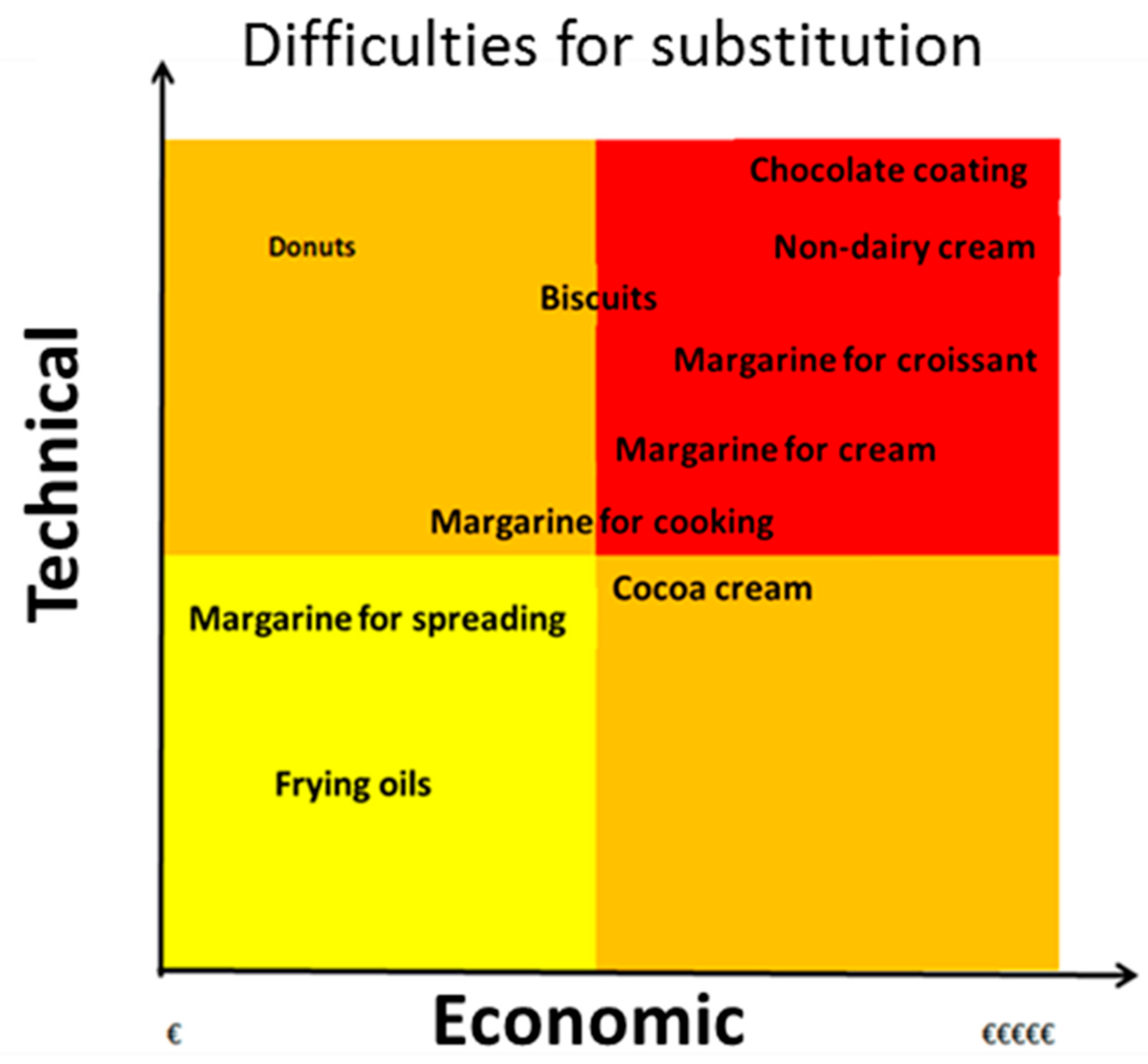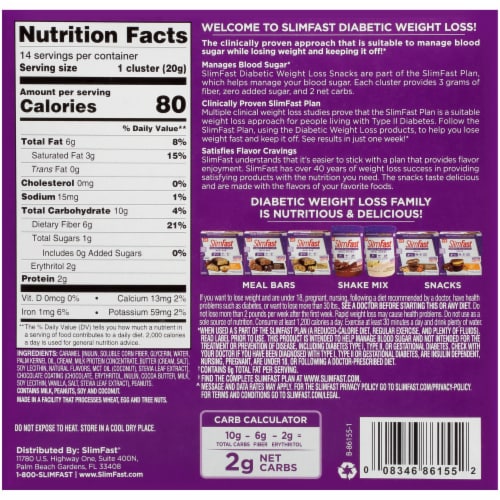43 how to read nutrition labels for macros
What Are Macros (Macronutrients), And Why Do They Matter? Tracking macros means, quite literally, tracking (or logging) the macronutrients of everything you eat. If you eat a protein bar, you'd log the 230 calories, 8g fat, 23g carbs, and 20g protein. You do this for all the food you eat, trying to get as close as possible to the targets you set for yourself. The New Nutrition Facts Label | FDA Visit the Interactive Nutrition Facts Label to explore the label, from top to bottom. This tool provides a detailed look at all the information listed on the Nutrition Facts label, helpful tips for...
How to read nutrition labels? A brief introduction to reading the Nutrition Facts label is provided below. Step 1: Begin by determining the serving size. Step 2: Determine the total number of calories consumed. Step 3: Use the Percent Daily Values as a Reference Point. Step 4: Review the Nutrition Glossary.

How to read nutrition labels for macros
How to Read Everything on the Nutrition Facts Label When you take a look toward the top of the Nutrition Facts label you'll see the servings per container and the serving size. Pay close attention to the serving size. Pay close attention to the ... The Ultimate Guide to Calculating and Tracking Your Macros Macronutrients are molecules we need in large amounts, also known as the main nutrients we need to simply survive. Micronutrients, in contrast, are substances required in much smaller amounts, such... How to Read a Nutrition Label, According to Dietitians on every nutrition label, you'll find key macro and micronutrients, including total fat (broken down into saturated and trans fats ), cholesterol, sodium, total carbohydrates, dietary fiber, added sugars (which are added during the processing), total sugars (the amount of added sugars plus the sugars that are naturally present in a food) protein, …
How to read nutrition labels for macros. Why the Calories In Your Nutrition Tracking App and Your Spreadsheet Do ... It is clearly marked as 160 calories. However, if you add the total grams of carbs and protein you get 100 calories, thenif you add the calories from fat, you get 63 for a total of 163 calories, 3 calories less than the listed 160 calories. Now let's look at the label on a carton of half and half. 1g of carbohydrate and 1g of protein is 8 calories. How to Calculate Macros for Weight Loss - Baptist Health Blog How to Read Nutrition Labels. People who start the IIFYM diet very quickly become experts in reading food nutrition labels. Labels indicate how many grams of protein, carbs, and fat a portion of food has. Those figures are used in counting macros. However, another important number you need to look for on a nutrition label is servings in the ... How Do You Know Your Food's Nutrition Facts Label Is Accurate? NIST's measurements are accurate to within 2% to 5% for nutrient elements (such as sodium, calcium and potassium), macronutrients (fats, proteins and carbohydrates), amino acids and fatty acids. As you may have noticed, most of your favorite food items have recently updated their nutrition facts labels. How to Track Macros: Ultimate Guide for Beginners If your daily caloric intake is 2000 calories, you'd need to multiply 2000 by 0.4 to get your calories from protein for the day. 2000 x 0.4 = 800 calories from protein Because protein has 4 calories per gram, we divide 800 by 4 to get the exact amount of protein you'd need per day. 800 / 4 = 200 grams of protein 40% Carbohydrates
What Are Macros And How To Calculate Your Own For every 1 gram of a specific macronutrient, you will get a certain number of calories and those calorie values are as follows: 1 gram of protein = 4 calories. 1 gram of carbohydrate = 4 calories. 1 gram of fat = 9 calories. With this information, we can start to understand how foods can have a certain calorie value based on how much of a ... Tracking Macros of Raw vs Cooked Meat (and other foods) Raw vs cooked meat weight conversion. Raw to cooked meat conversion: Raw weight x 0.75 (example: 4oz raw x 0.75 = 3oz cooked) Cooked to raw meat conversion: Cooked weight / 0.75 (example: 8oz cooked / 0.75 = 8oz raw) While it will vary slightly depending on the type of meat you use, you can safely assume that cooked meat will lose about 25% of ... All About Macros in Nutrition - Online Nutrition Planet A macro, or macronutrient, is any of the three essential components of food: protein, carbohydrates and fat. They are called "macros," which means large because they are required in larger quantities than micronutrients. The three macronutrients play different essential roles in the body. Quick Answer: How To Figure Out Macros In Recipes To count macros, determine your calorie and macronutrient needs, then log macros into an app or food journal.4. Counting Example 4 calories per gram. 40% of 2,000 calories = 800 calories of carbs per day. Total grams of carbs allowed per day = 800/4 = 200 grams. What is the easiest way to count macros?
Everything you need to know about macros According to recent reports, these calories should be scattered in this way: 10-35% of these calories should come to you from proteins, 20-35% from fats and 45-65% from carbohydrates. Knowing this data and finding calculators on the Internet to translate these numbers into macros, you will get your numbers. How to Quick-Add Macros in Any Food Tracking App Create three custom foods called "carbs," "protein," and "fats." The exact directions will vary from app to app, but you want to do something like this: Create a new custom food. Name it "carbs."... Understanding Macros: The Ultimate Guide to Counting and Tracking ... First, you need to know how many calories you eat (or want to eat) each day. I eat roughly 2,300 calories per day. 2. Next, determine your ideal ratio. I like to eat about 50% carbs, 25% fat and... What are Macros in Food, and Should You Count Them? You can find them called out on nutrition labels. When you count macros and adjust their ratios, you can use them to achieve health goals like weight management, to gain muscle or to get into ketosis. Different diets, including keto, recommend ranges of macronutrients that you can customize to help you feel your best and meet your goals.
How to Calculate Calories From Carbohydrates, Proteins and Fats This will give you the number of calories in the food that comes from carbs. Find "Total Fat" and multiply the amount by 9. This will give you the number of calories in the food that comes from fat. Find "Protein" and multiply the amount by 4. This will give you the number of calories in the food that comes from protein.
What are Macros and How to Use Them Properly (part 3/3) Weigh the ingredients and start plugging them into your app. Remember to read the nutrition labels. The FDA allows for a certain amount of variance in labels, so sometimes your app might spit out something that doesn't make sense when you use the barcode scanner feature and that's probably because the barcode on the food isn't entirely correct.
Understanding Nutrition Labels The nutrition label resembles a table and is printed in black and white mostly on the back or the side of the packed product. It is sometimes referred to as a nutritional facts panel. It has four ...
How To Read Nutrition Labels For Carbs - Montalvospirit When you read food labels, the grams of sugar are already included in the total carbohydrate amount, so you do not need to count this sugar amount separately. On a nutrition food label, the total carbohydrate includes the sugar. ... This advised carb amount mainly comes from the recommended keto macro ranges, which include less than 5% of your ...
How to Understand and Use the Nutrition Facts Label | FDA When looking at the Nutrition Facts label, first take a look at the number of servings in the package (servings per container) and the serving size. Serving sizes are standardized to make it easier...
This Is How to Read a Nutrition Facts Label on the Keto Diet But a keto diet does require strict attention to one aspect of eating: your macronutrient distribution, and net carbs in particular. As you're likely aware, the goal of a keto diet is to shift the body into a metabolic state called ketosis. To do this, you'll need to consume the right ratio of carbs, fats, and proteins.
What Are Macronutrients? All You Need to Know - Healthline Macronutrients include carbs, protein, and fat. They provide energy in the form of calories and are needed to maintain your body's functions and structure. Food sources of carbs, protein, and fat...
This Is How to Read a Nutrition Facts Label on the Keto Diet To go a little deeper, each of the three macronutrients (protein, carbohydrates, and fat) contains a certain amount of calories per gram, no matter what food they're in. For instance [ * ]: 1 gram of protein = 4 calories (4 units of energy) 1 gram of carbohydrate = 4 calories (4 units of energy) 1 gram of fat = 9 calories (9 units of energy)






Post a Comment for "43 how to read nutrition labels for macros"